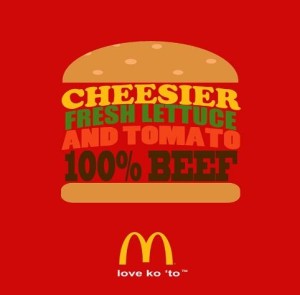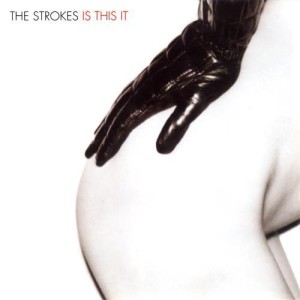PSYCHOLOGICAL PRIMING IN ADVERTISING
The core of Advertising is to make the consumer/ client ‘respond’ to your ideas. And ‘responding’ would most definitely include them having an emotional reaction to them. And the ability to evoke any psychological response, let alone emotion is one of the challenges that the creatives face daily. People change with time and tend to be different as the years go by . Making what used to work prior not be as effective in the moment. And since, this is a constant occurring. Advertisers need to have an uncanny ability to somehow zero in on the needs of the consumer so they can target and position the product appropriately.
Hence, if you’re a marketer/advertiser AND you’re smart, you’ve probably figured out you’re told for psychological manipulation when going out in the field. Because you kind of have to build an arsenal of it and be proficient at using them. Psychology is a part of almost every creative endeavour and the ability to appease your employees/consumers is something that you’re not only going to have to learn but have to constantly work on throughout your career. It requires natural gifts for sure but there is a large emphasis on skill acquisition over time.
And since we are discussing Psychology, let us dive further into some technical terms that would help explain the overall purpose of discussing it. It’s time to discuss the method of Priming in advertising.
Priming can be explained by the exact moment when the consumer makes a connection with a product with a image/symbol/colour in your head. For example, think of the colour ‘red’ and the emotions that arise in your mind when you do so. ( ‘blood/horror/tension’ etc.). And so if you notice, red is often used to advise horror/violent/thriller movies (whether as a whole or just a font).

‘Red’ is supposed to signify psychological disturbance/ unrest/disorder. A movie poster has to make an IMPRESSION on people (even if they haven’t seen the trailers or are unfamiliar with the advertising). The viewer instantly sees the color ‘red’ and forms an opinion of the nature of the film he/she’s watching. Priming can also be used using numbers, colours or words. Another example:

The number 1969 and the image of the space shuttle makes a connection with the reader’s mind and promotes the ‘cutting edge’/’Progressive’ nature of the product ( i.e 1969 being the year where mankind landed on the moon and humanity made progress).
Here’s one that the Dubai traffic police made to advocate wearing helmets for bikers. Here the term word ‘Hell’ as well as the colour ‘red’ both conjunct work to put the stress on the viewer’s psyche to create an ominous mood. They begin to get the message that without safety, there is possibility for injury.

In this Mc Donald’s ads the text is presented in the same colour as the ingredients of the burger that they describe. This is an INCREDIBLY efficient way to sell a specific type of burger.

Priming is all about making psychological associations inside the viewers’ mind. A lot of times it can also lean towards provocation and political incorrectness. And those certain types of ads can get really, really risqué. Take for example this one by KFC:

Clearly, this was supposed to invoke and incendiary reaction in the viewer and offend almost every person’s sensibilities. Ads like these are often deliberately designed to capture the imagination (for better or worse) of a large amount of people. The ad-makers specifically design it this way to ensure that there will be a lot of conversation and furore over it. This is in adage to the motto that ‘no publicity is bad publicity’. The nature of the advertisement is deliberately kept ambiguous so that when accused of racism or xenophobia, the advertisers can defend it as a political statement.
Then there’s the infamous Album cover of The Strokes’ album cover ‘Is this it?’.

This album sold a lot of copies. It also had nothing to do with the fact that this was a good album.
So If you’re a designer/copywriter. Think about priming. Learn to play with images and words. Think about what message you want to convey and how you can make the viewer feel the ad, instead of just passively experiencing it. Make it part of your storytelling.
